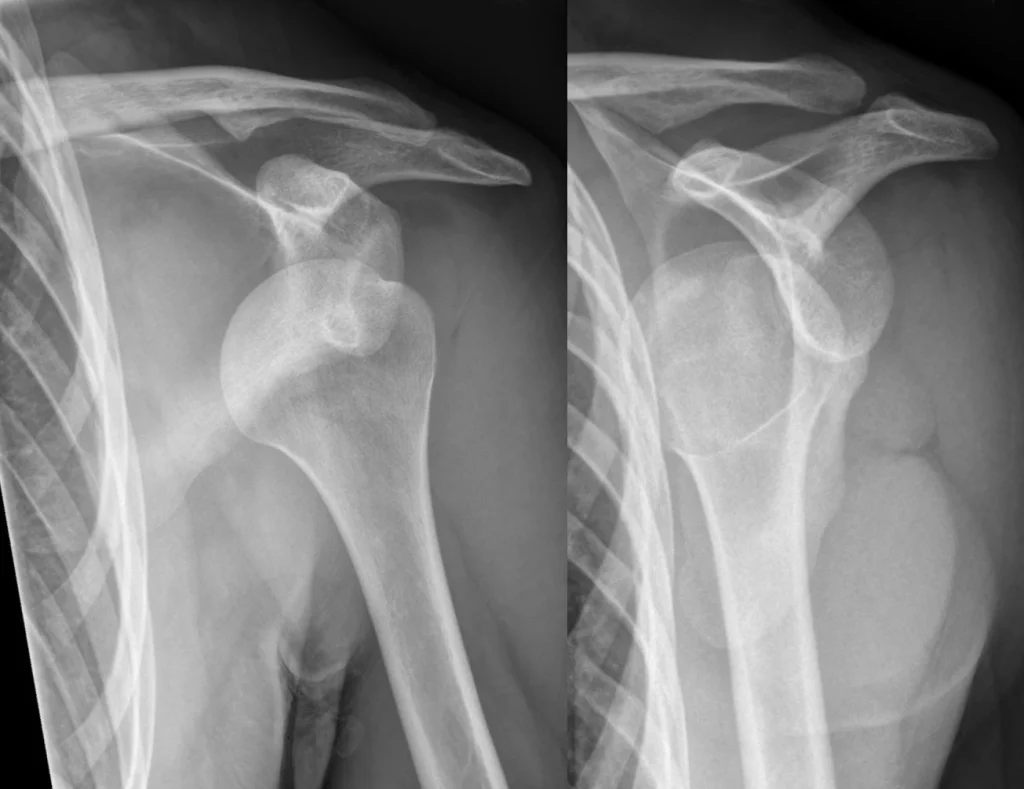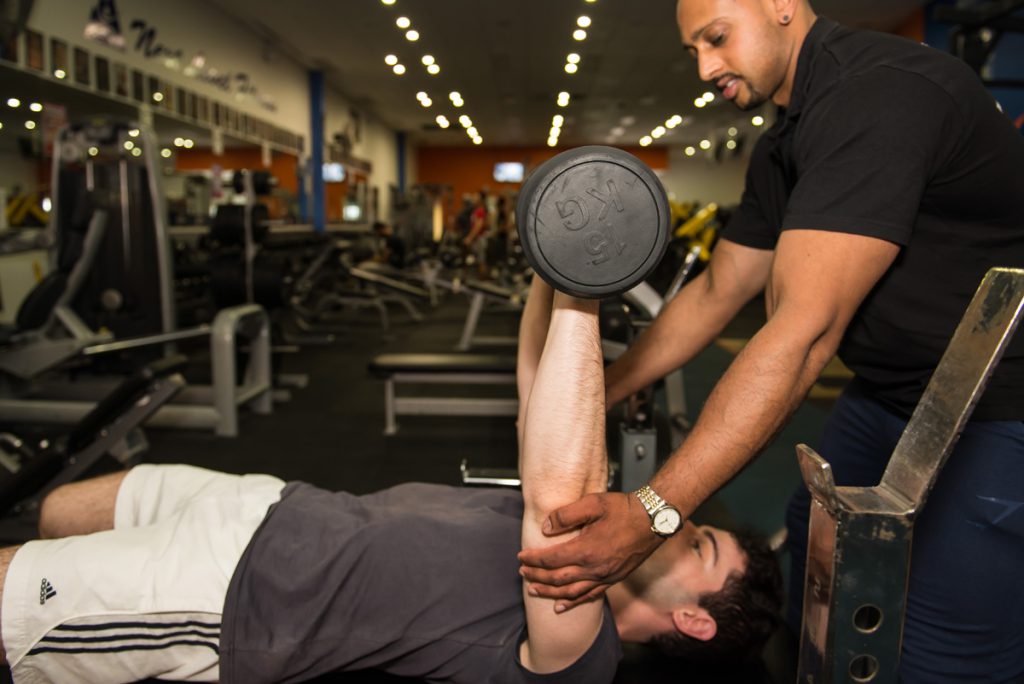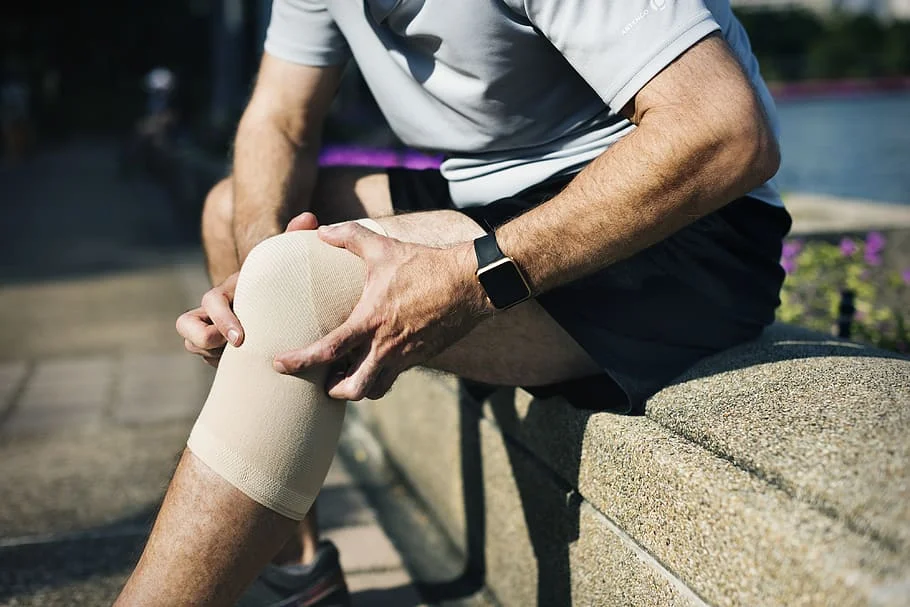
A dislocation occurs when the bones in a joint are out of place completely, where as a subluxation is where the bones are partially out of place. This can happen suddenly, such as in a fall or an accident, or it can happen gradually over time, due to overuse or injury. Dislocations can affect any joint in the body, but they are most common in the shoulder, elbow, knee, and hip.
Symptoms of a dislocation include:
- Severe pain
- Swelling
- Bruising
- Inability to move the joint
If you think you have dislocated a joint, it is important to seek medical attention immediately. A doctor or physiotherapist will be able to put the joint back in place and recommend treatment options.

Physiotherapy can be an important part of the recovery process for a dislocated joint. The goals of physiotherapy are to:
- Reduce pain and inflammation
- Improve range of motion
- Strengthen the muscles around the joint
- Restore normal function
The specific exercises and treatments that a physiotherapist will recommend will vary depending on the individual’s injury and needs. However, some common physiotherapy treatments for dislocations include:
- Range of motion exercises: These exercises help to increase the range of motion in the affected joint.
- Strength training exercises: These exercises help to strengthen the muscles around the affected joint, giving greater stability to the joint.
- Flexibility exercises: These exercises help to improve the flexibility of the muscles and tendons around the affected joint.
- Manual therapy: This type of therapy involves using hands-on techniques such as massage and joint mobilization to reduce pain and inflammation, improve range of motion, and break up scar tissue.
- Aquatic therapy or hydrotherapy: This type of therapy involves exercising in water, which can help to reduce pain and inflammation and improve range of motion.
Physiotherapy can be an effective way to recover from a dislocated joint. With the right treatment and rehabilitation, most people are able to regain full function of the affected joint.

Here are some tips for preventing dislocations:
- Warm up before exercising.
- Use proper form and technique when exercising.
- Wear protective gear when playing sports such as taping up your shoulder or affected joint.
- Strengthen the muscles around your joints.
If you have a history of dislocations, it is important to talk to your doctor or physiotherapist about ways to prevent future injuries.
If you have dislocated a joint, it is important to seek medical attention immediately. A doctor or physiotherapist will be able to put the joint back in place and recommend treatment options. Physiotherapy can be an important part of the recovery process for a dislocated joint. With the right treatment and rehabilitation, most people are able to regain full function of the affected joint.
